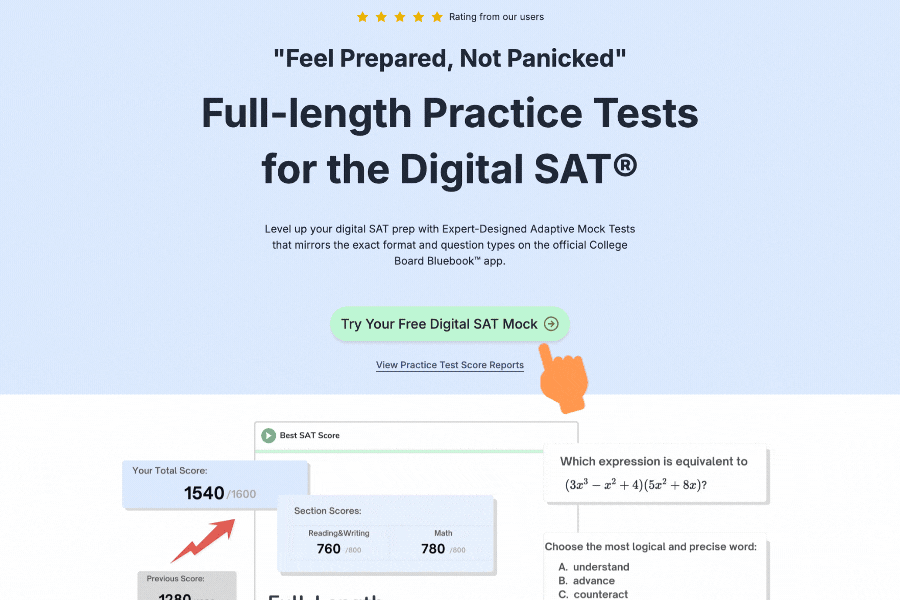🔸 Understand Purpose
Purpose Defined:
The purpose of a text is the reason the author wrote it. It answers questions such as:
- Why did the author write this passage?
- What did they want to accomplish?
- What's the main point or experience they aimed to create for you?
Often, a text's purpose can be expressed using active verbs. For example, the passage might be written:
- To explain a new concept.
- To illustrate an idea with data.
- To clarify a common misconception.
- To support a particular point of view.
- To discuss a perspective.
🔸 Practical Techniques to Uncover the Purpose
1. Look for Active Verbs
Tip: Scan the passage for verbs that reveal intention.
- Active verbs like "explain", "illustrate", "argue", or "criticize" directly signal what the author intends to do.
- Ask yourself, "What is the author trying to get me to understand or do?"
2. Identify Key Takeaways
Tip: After reading, reflect on what stands out most.
- What are the significant points or arguments?
- What feeling or insight did you walk away with?
- Your main takeaways are often aligned with the author's purpose.
3. Consider the Audience
Tip: Think about whom the author is addressing.
- Why would the author choose this particular style or level of detail?
- How is the author trying to influence the reader's thoughts or decisions?
4. Ask "So What?"
Tip: Challenge yourself with the question, "So what?"
- Every detail in a purposeful text is there for a reason.
- Ask, "How does this detail contribute to the overall goal of the passage?"
5. Look at the Structure and Evidence
Tip: Examine how the passage is organized.
- The sequence of ideas or arguments often reflects the purpose.
- For instance, if a text moves from introduction to explanation to argument, it likely aims to convince you of something.
Example Walk-Through
Imagine a passage where the author discusses the impact of technology on society, and you notice sentences like:
- "To explain the rapid changes in communication, the author presents a series of technological milestones."
- "The author argues that while these advances have improved access to information, they have also led to a decline in face-to-face interactions."
🔸 Practice
Try applying these techniques when you tackle a new passage:
- Active Verbs: Write down any active verbs that indicate action or intent.
- Main Takeaways: Summarize in one or two sentences what you think the author wants you to understand.
- Audience Consideration: Reflect on who the targeted readers might be and why the text speaks to them in a certain way.
- Purpose Question: Conclude by answering, "What is the primary goal of this text?"
By developing this habit, you'll be better equipped to identify the purpose behind each passage, a key strategy for tackling Digital SAT questions on Text Structure and Purpose.
